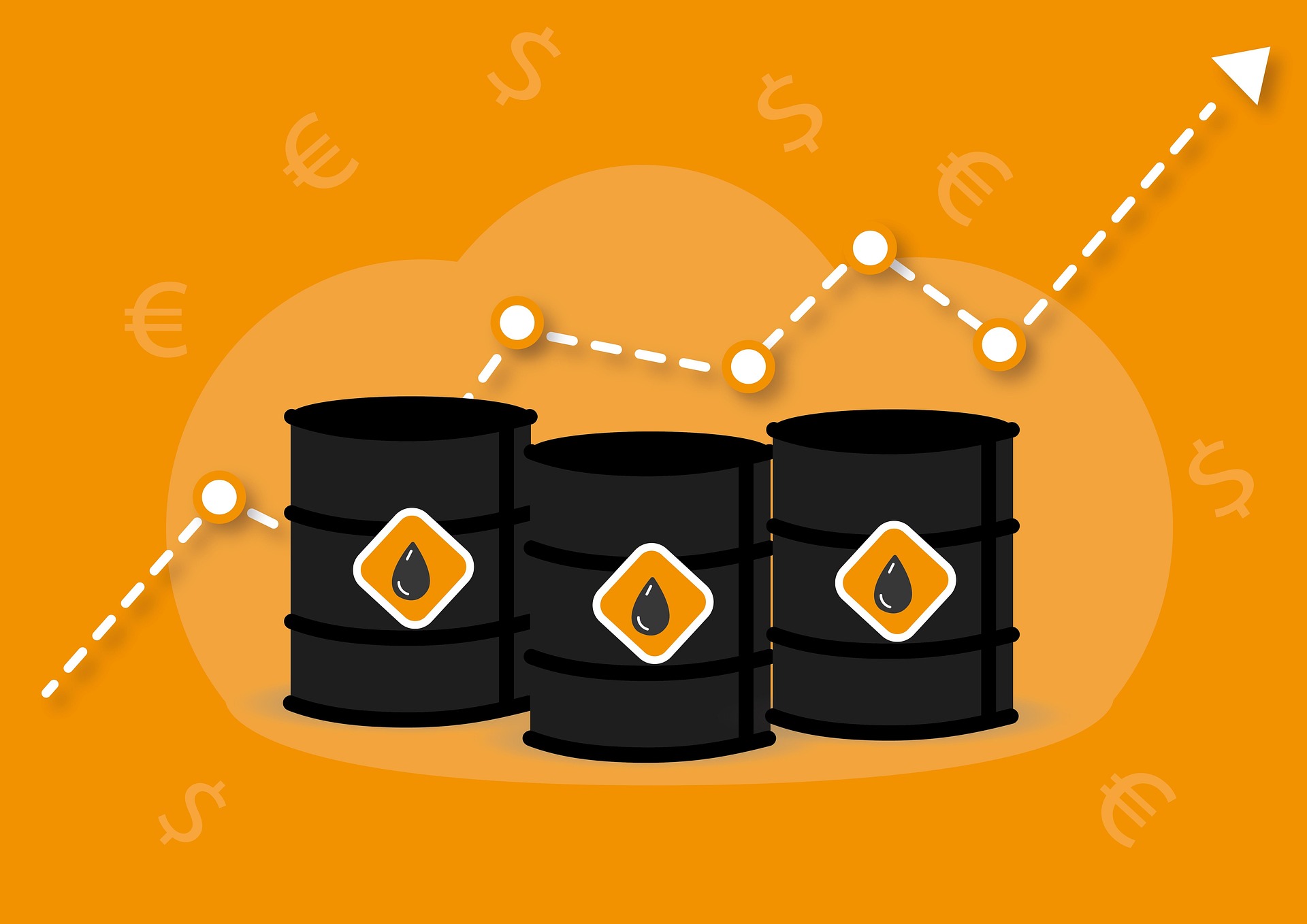
Crude oil is the world’s most traded and strategically important energy commodity. It is refined into products like gasoline, diesel, jet fuel, and petrochemicals, making it vital for transportation, industry, and global economies.
1. Types of Crude Oil
Crude oil varies in quality based on density (API gravity) and sulfur content:
By Density
-
Light Crude (API > 31.1°) – Easier to refine into high-value fuels (e.g., gasoline).
-
Examples: Brent (Europe), WTI (U.S.), Bonny Light (Nigeria).
-
-
Heavy Crude (API < 22.3°) – Requires complex refining; used for diesel, bunker fuel.
-
Examples: Western Canadian Select (WCS), Maya (Mexico).
-
By Sulfur Content
-
Sweet Crude (Low sulfur, < 0.5%) – Less corrosive, preferred for refining.
-
Examples: WTI, Brent.
-
-
Sour Crude (High sulfur, > 0.5%) – Requires more refining.
-
Examples: Dubai/Oman, Urals (Russia), Basra Heavy (Iraq).
-
2. Major Crude Oil Benchmarks
These serve as global pricing references:
-
Brent Blend (North Sea) – Trades on ICE Futures Europe; global benchmark.
-
West Texas Intermediate (WTI) – Trades on NYMEX (CME Group); U.S. benchmark.
-
Dubai/Oman – Trades on DME (Dubai Mercantile Exchange); Asian benchmark.
-
OPEC Basket – Average of key OPEC crudes (Saudi, Nigerian, Iraqi, etc.).
3. How Crude Oil is Traded
Market Participants
-
Producers (e.g., Saudi Aramco, ExxonMobil, Rosneft).
-
Refiners (e.g., Shell, BP, Valero).
-
Traders & Hedge Funds (e.g., Vitol, Glencore, hedge funds).
-
Consumers (Airlines, shipping companies, governments).
Trading Instruments
-
Spot Market – Immediate physical delivery (e.g., Dated Brent).
-
Futures & Options (e.g., NYMEX WTI, ICE Brent).
-
CFDs & ETFs – Speculative trading (e.g., USO, BNO ETFs).
-
Over-the-Counter (OTC) Swaps – Customized contracts.
4. Key Factors Affecting Crude Oil Prices
Supply-Side Factors
-
OPEC+ Production Cuts/Increases (Saudi Arabia & Russia influence supply).
-
U.S. Shale Production (Permian Basin output affects WTI prices).
-
Geopolitical Risks (Wars, sanctions, e.g., Russia-Ukraine, Middle East conflicts).
-
Inventories (EIA/API Reports) – U.S. stockpile data impacts short-term prices.
Demand-Side Factors
-
Global Economic Growth (Recessions reduce demand; booms increase it).
-
Seasonal Demand (Summer driving season, winter heating needs).
-
Alternative Energy Shift (EV adoption, renewable energy policies).
Other Influences
-
U.S. Dollar Strength (Oil is priced in USD; stronger dollar = lower oil prices).
-
Speculation & Hedge Fund Activity (Futures market positioning).
5. Crude Oil Price Trends (2020s)
-
2020: Prices crashed (COVID-19 demand collapse, WTI briefly negative).
-
2022: Prices surged (Russia-Ukraine war, Brent hit $130+/barrel).
-
2024: Prices moderated (~$75-$90 range) due to OPEC+ cuts & weak China demand.
6. Future Outlook for Crude Oil
-
Peak Oil Demand? IEA predicts demand may peak by 2030 due to EVs & green energy.
-
Geopolitical Risks Remain (Middle East tensions, Russia sanctions).
-
Shale Oil Resilience – U.S. remains top producer, but costs are rising.
-
Energy Transition Impact – Long-term decline expected, but oil remains key for decades.
Conclusion
Crude oil is a highly volatile but essential commodity, influenced by geopolitics, supply-demand shifts, and financial markets. While the energy transition may reduce its dominance long-term, it remains critical for global economies in the near future.
